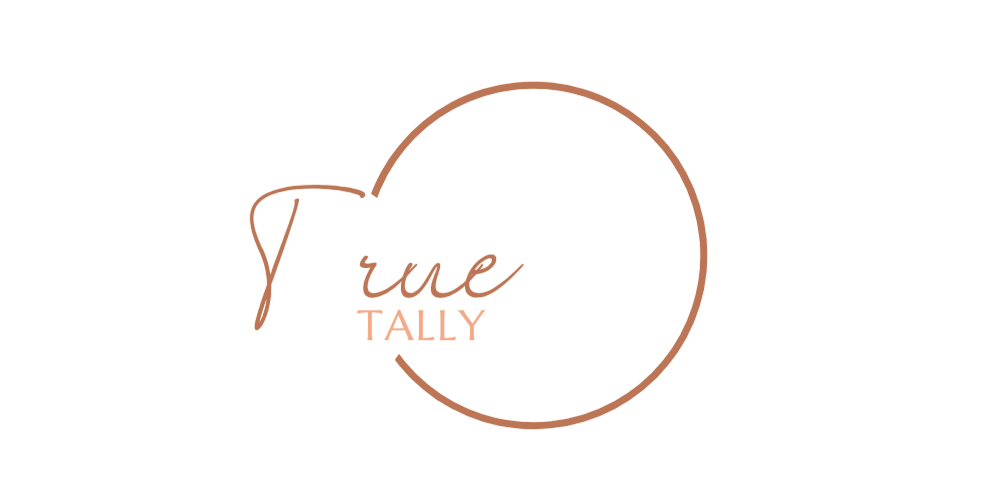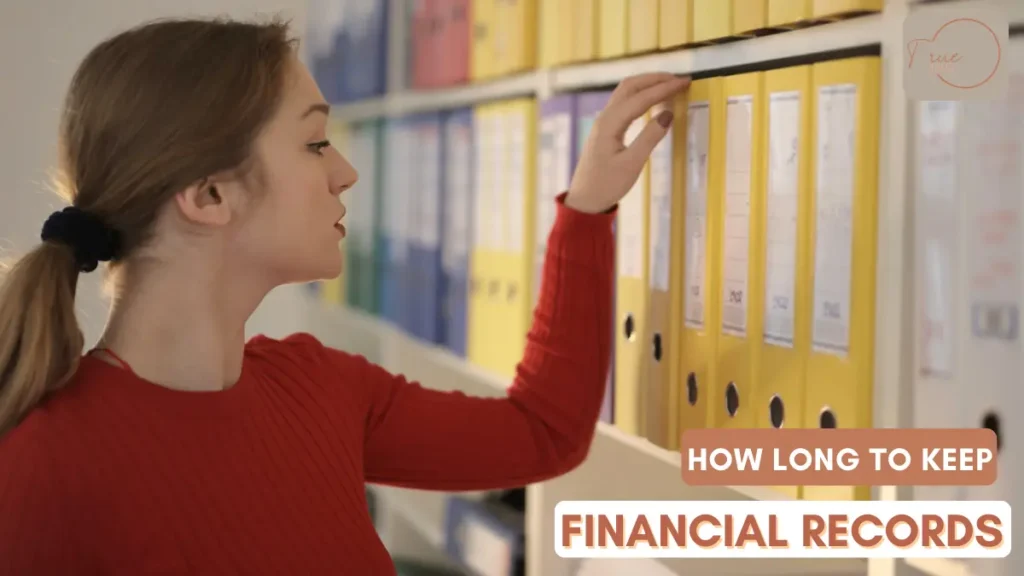The tax-free threshold determines how much income you can earn in a financial year before you start paying tax. For Australian residents, the current tax-free threshold is $18,200, which means you don’t pay tax on the first $18,200 of your income. Any income earned above this limit is taxed at a progressive rate. This forms the basis of Australia’s progressive tax system, where higher income attracts higher tax rates.
What Is The Tax-Free Threshold?
If you are an Australian resident for tax purposes for the whole financial year, you will not pay any tax on the first $18,200 you earn. This amount is known as the tax-free threshold.
Adjusted Tax-Free Threshold
If you become an Australian resident for tax purposes during part of the financial year, your tax-free threshold will be adjusted accordingly. In this case, your threshold will be lower than the full amount available to residents for the whole year.
Your adjusted tax-free limit is divided into two parts:
- A fixed base amount of $13,464
- An additional $4,736, which is divided proportionally based on how many months you were in Australia during the income year, including any months you visited.
The Australian income year runs from 1 July to 30 June of the following year. To calculate your adjusted limit, count the months from the date you became a resident to 30 June.
How The Tax-Free Limit Works
Australia operates a progressive tax system, which means that your tax rate increases as your income increases. The tax-free limit forms the starting point of this system. Here’s how it works:
- Any income over $18,200 is taxed at progressively higher rates.
- You pay no tax on your first $18,200 of income.
- For example, if you earn $30,000 in a year, the first $18,200 is tax-free, and you only have to pay tax on the remaining $11,800.
This system ensures that people with lower incomes keep a larger share of their earnings, while those with higher incomes contribute a larger share of the country’s tax revenue.
Eligibility For The Tax-Free Threshold
To claim the full tax-free threshold you must be an Australian resident for tax purposes throughout the financial year. If you become or cease to be a resident during the year, you are eligible for a pro-rata tax-free threshold.
For part-year residents, your threshold is calculated as follows:
- A flat amount of $13,464
- Plus up to $4,736, adjusted for the number of months you were an Australian resident.
This proportional system ensures that people who live in Australia for part of the year still receive a fair share of tax-free benefits.
How to Claim
Your income can come from one or more sources, such as an employer, a government agency, or work done under an Australian business number.
If you are an Australian resident for tax purposes, you can claim the tax-free threshold each financial year.
You can decide whether to claim the tax-free threshold on the Tax File Number (TFN) declaration you provide to your payer (including Centrelink).
If you choose to claim it:
- Your payer will withhold tax when your income exceeds $18,200.
- You won’t pay tax on income up to $18,200
Find out what to do if you have multiple jobs or change jobs during the financial year.
You may also like: Non-Commercial Losses: What Are & How to Defer Them? (A Guide)
If You Are an Australian Resident For Part of The Year
If you are an Australian resident for part of the financial year, you can claim the part-year tax-free threshold.
The part-year tax-free threshold has two components:
- A flat rate of $13,464
- An additional amount of up to $4,736, which is calculated pro-rata based on how many months you were in Australia during the financial year, including the months you were in.
If you are a non-resident for the whole financial year, you cannot claim the tax-free threshold. This means you pay tax on all income you earn in Australia. Find out more about the tax-free threshold for newcomers to Australia.
Your Income And The Tax-Free Threshold
You can have income from multiple payers at the same time. Payers can include employers, government agencies, or work done as a sole trader.
You can choose whether or not to claim the tax-free threshold ($18,200) on your earnings.
If you claim the tax-free threshold:
- You won’t pay tax on income up to $18,200
- Your payer will withhold tax when you earn more than $363 per week, $726 per fortnight, or $1,573 per month.
When to Claim The Tax-Free Threshold
If you have more than one payer, you usually claim the tax-free threshold from only one payer. Typically, you claim it from the payer that pays you the highest salary or wages.
You can claim income from two or more payers if you:
- Have a second or multiple jobs
- Work part-time and also receive a taxable pension or government allowance
- Operate under an ABN as a contractor, sole trader or other business structure.
Tax Is Withheld From All Sources of Your Income
When you file your tax return, we review all earned income and the tax withheld. Sometimes, the total tax withheld may be different from your year-end tax liability if:
- Your income is $18,200 or less, so you can claim the tax-free limit
- If you had too little tax withheld, you may owe a balance.
- If you had too much tax withheld, you may get a refund
Depending on your situation, you can request a change to the tax withheld from your income. This helps align it more closely with your year-end tax liability.
Conclusion
Understanding and claiming your tax-free allowance can have a big impact on your tax liabilities and the money you take home. By following the right steps and constantly reviewing your finances, you can avoid unexpected tax problems, maximize your take-home pay, and reduce the likelihood of paying a tax bill at the end of the year.
For advice customized to your individual circumstances, consider consulting a registered tax agent or seeking tax planning services to help you make well-informed financial decisions.
You may also like: MYOB vs QuickBooks vs Xero (Which One Is Better) 2025



